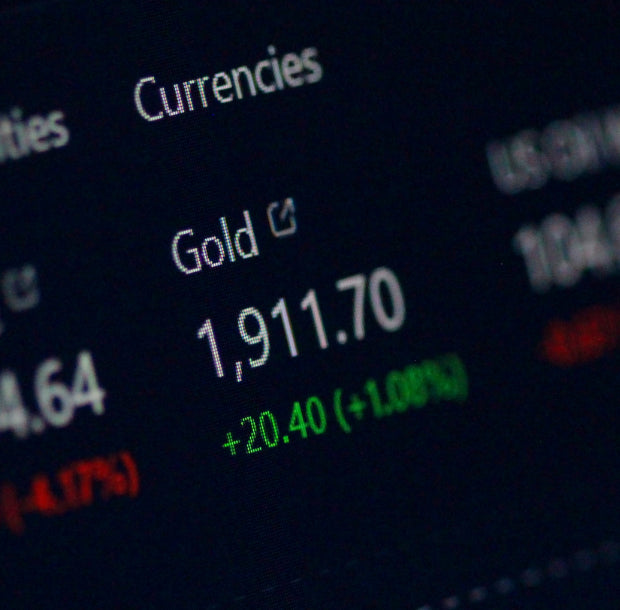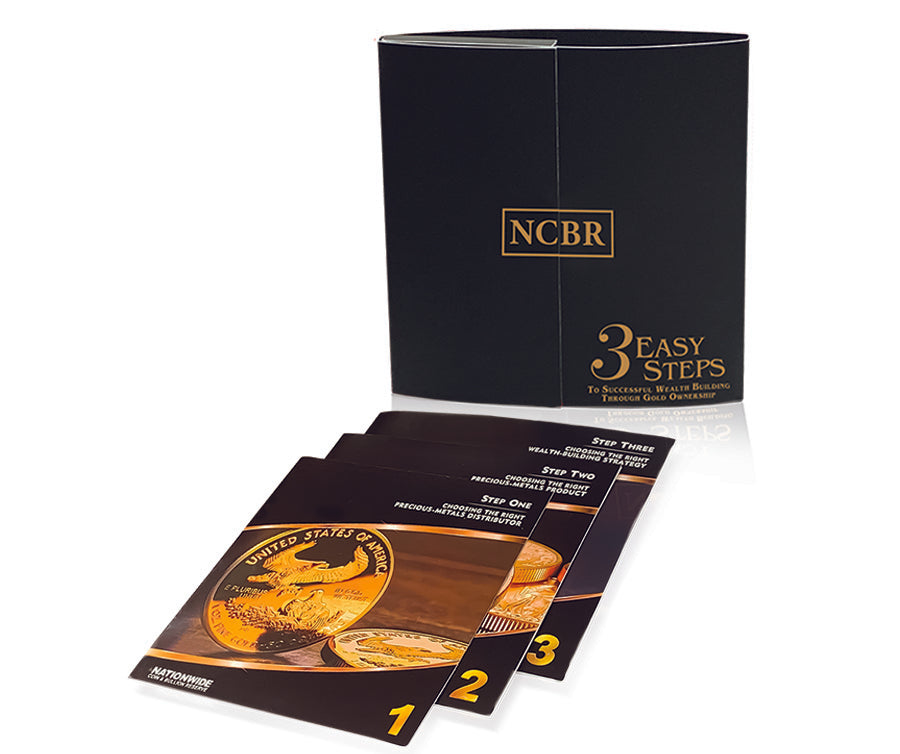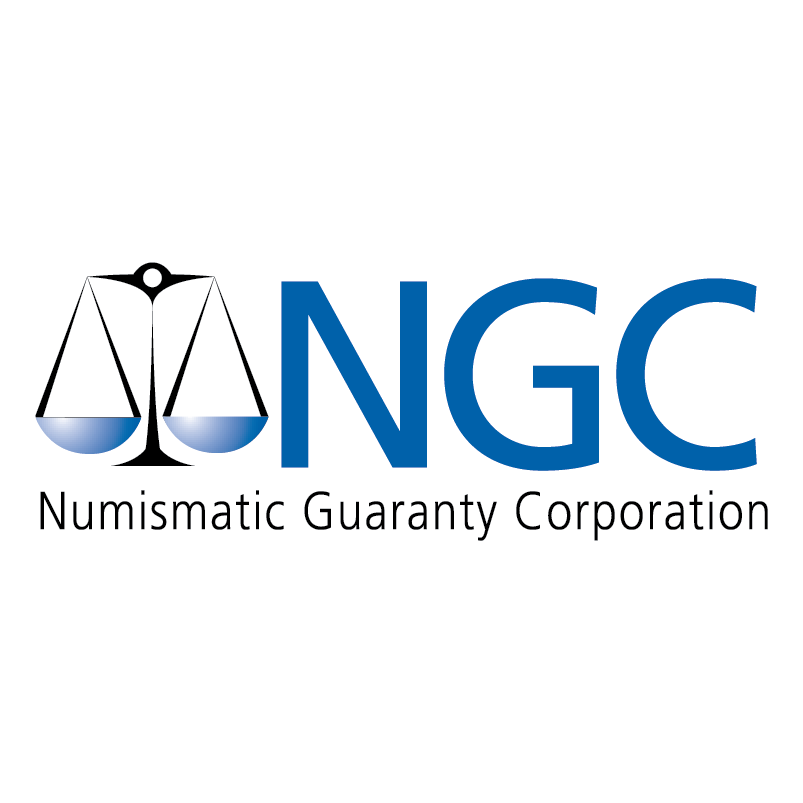War is raging, inflation is soaring, and financial markets are plunging. There just one thing ruining this perfect scenario for gold: the U.S. dollar is flexing its muscle, reaching its highest point against major foreign currencies in two decades. In mid-July, the dollar nearly achieved parity with the euro—a one-to-one exchange rate. That hasn’t happened in 20 years, since shortly after coins and banknotes of the European common currency were introduced on January 1, 2002.
With interest rates rising rapidly in the United States, faster than in other leading economies, foreign capital is flowing into the U.S. currency. That’s a negative for gold. Because the precious metal trades primarily in dollars around the globe, it becomes more expensive for foreigners to purchase.
But Americans can view this as an opportunity. The dollar’s value can fluctuate substantially; early in 2021, one euro was equal to $1.22. Given its stated intention to aggressively raise interest rate, the Federal Reserve was expected to boost its benchmark interest rate to 2.5 percent at its late July policy meeting and send the rate as high as 3.5 percent by year’s end. In contrast, the European Central Bank planned to raise its key interest rate to just 0.25 percent in July, even though Europe is confronting high inflation like the United States. The difference in the pace of monetary tightening implies that the U.S. will conclude its rate hiking cycle well before Europe. This should result in a weakening of the dollar against the European common currency.
U.S. investors seeking the price of gold slip near the $1,700-an-ounce level may view this as a buying opportunity for the precious metal, particularly for those intending to hold gold for the long-term, far beyond the current short-term cycle of dollar strength.
Real Time Precious Metals Data Below







